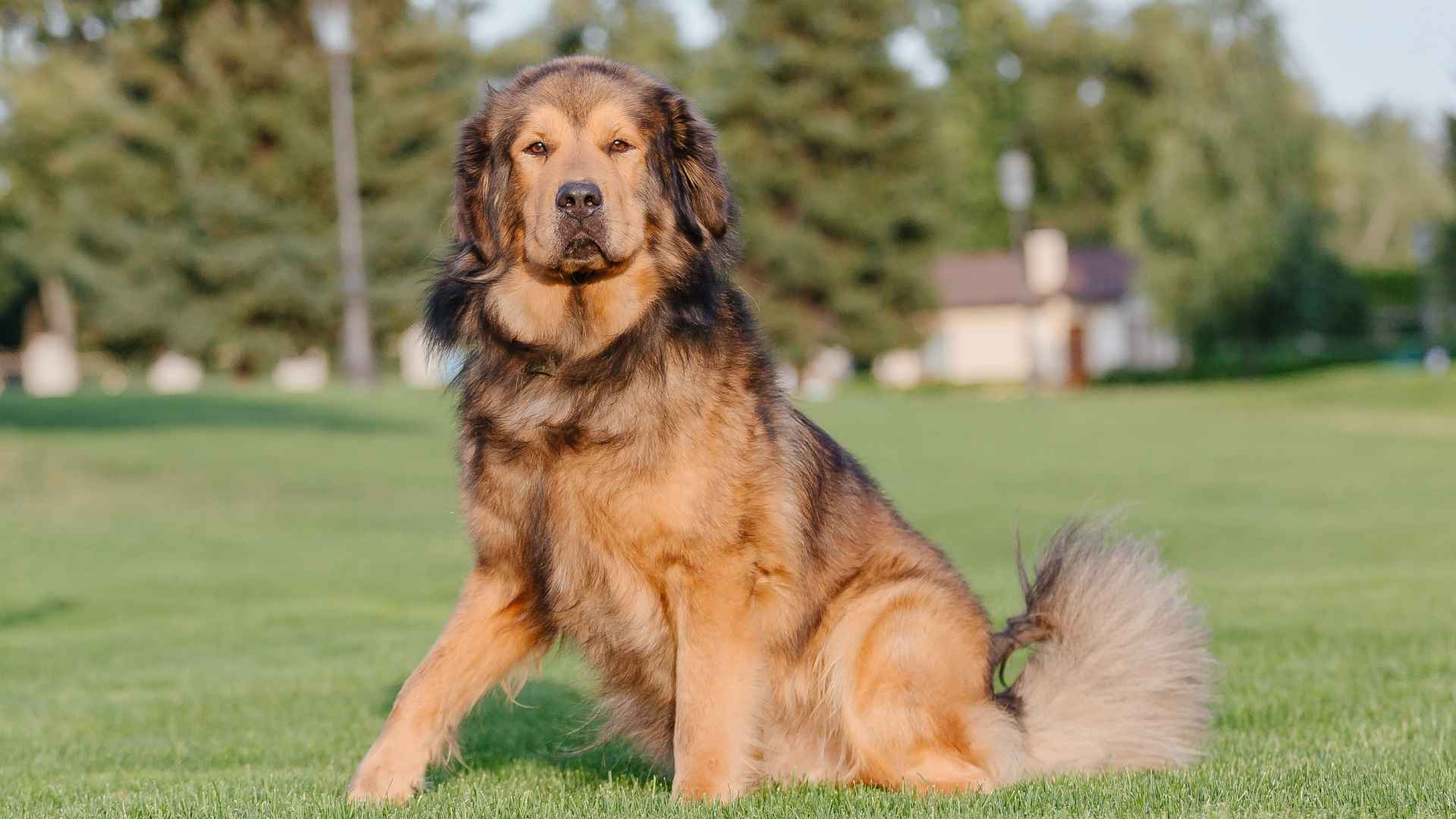Not every dog needs to be glued to your side 24/7. Some prefer a little space, like flopping in a nearby corner while you binge your favorite series.
These independent giant breeds carry both presence and peace. They’re confident, content, and don’t constantly crave attention to feel secure. They may not demand your lap as their personal space, but they still have plenty of love to offer; it’s just expressed in their own way.
Just like humans, dogs have different personalities. While some love affection, others, like the majestic giants we’re about to explore, are more self-sufficient.
But here’s the key: independence doesn’t mean they don’t need you. These dogs still require companionship to stay happy and avoid developing anxiety or behavioral issues.
Let’s meet these gentle giants who enjoy your company, just from a bit of a distance.
Independent Giant Dog Breeds
1. Irish Wolfhound
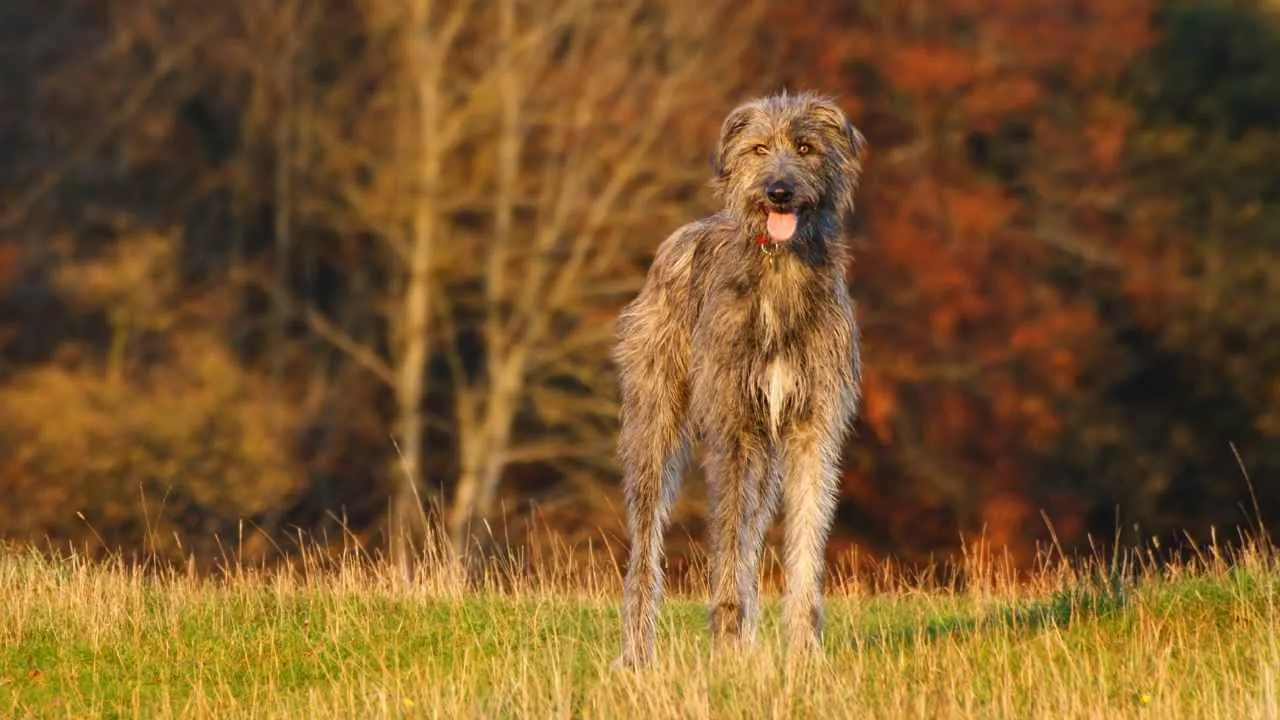
The Irish Wolfhound, though a giant dog, is known for its gentle and friendly nature. These large dogs form strong bonds with their families and enjoy spending time relaxing with them. They are easy to train due to their intelligence, though they do have an independent side that can sometimes show. This breed is as loving as it is dignified, often displaying a quiet, calm demeanor.
Although the Irish Wolfhound is patient and great with children, their large size and strength mean it may accidentally knock over younger kids. Older children who have experience with dogs tend to be a better match for this breed. These giants enjoy family life and thrive in a home where they’re part of the daily routine.
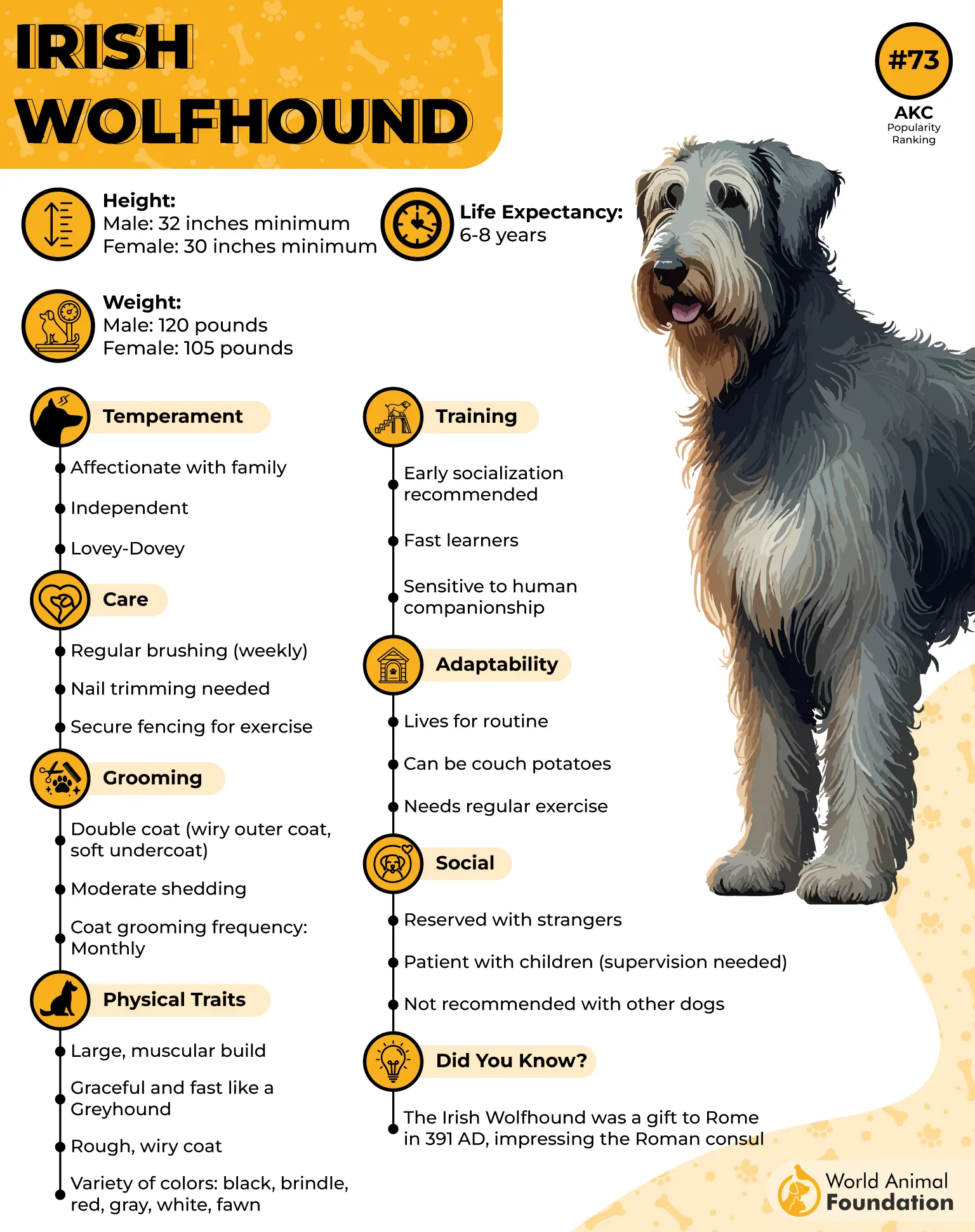
When it comes to other pets, Irish Wolfhounds generally do well with other dogs if introduced properly. However, their hunting instincts make them less compatible with small animals or cats. It’s important to consider their chasing tendencies before having them around livestock or smaller pets, as per the insights of Orvis.
Irish Wolfhounds have a lot of energy to burn, so they love a good run in a fenced yard. After some time spent galloping and playing, they become calm and easygoing companions indoors. These dogs need a good amount of space to stretch their legs, making them better suited for homes with yards rather than apartment living.
Many people might not know that the Irish Wolfhound was originally bred to catch war horses and chase down prey. Their history has given them the endurance to sprint with surprising speed, a trait that is still part of their nature today. With early training, this breed can adapt well to a family’s routine and lifestyle.
2. Scottish Deerhound
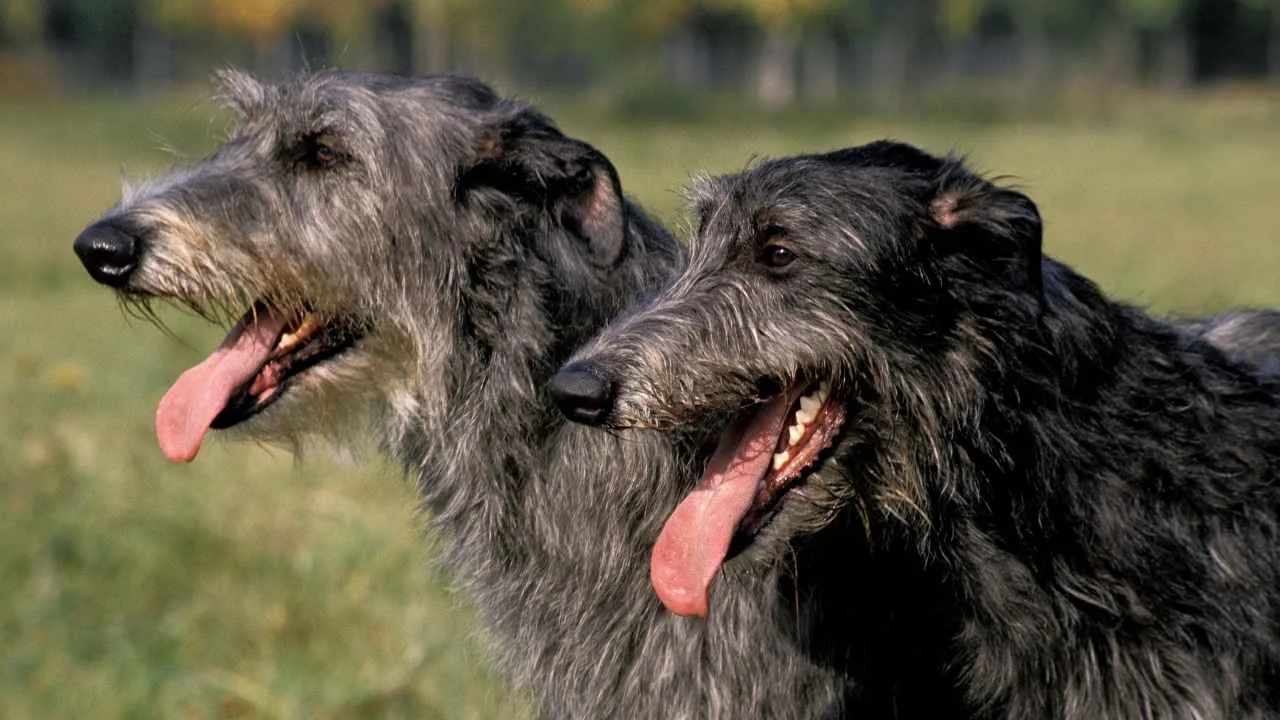
The Scottish Deerhound, known for its lanky frame and wiry coat, carries the elegance of a Greyhound with the stature of a true giant. As one of the largest dog breeds, this sight hound needs room to stretch and space to shine. From a distance, their calm grace becomes even more noticeable. Their ancient heritage shows in both their appearance and demeanor.
Though easygoing by nature, Deerhounds are known for being independent thinkers. Training them takes consistency, but their intelligence means they catch on quickly when properly motivated, as PetMD claims. Tasks that are too repetitive can lead to boredom. Pet parents often find success with creative, engaging routines.
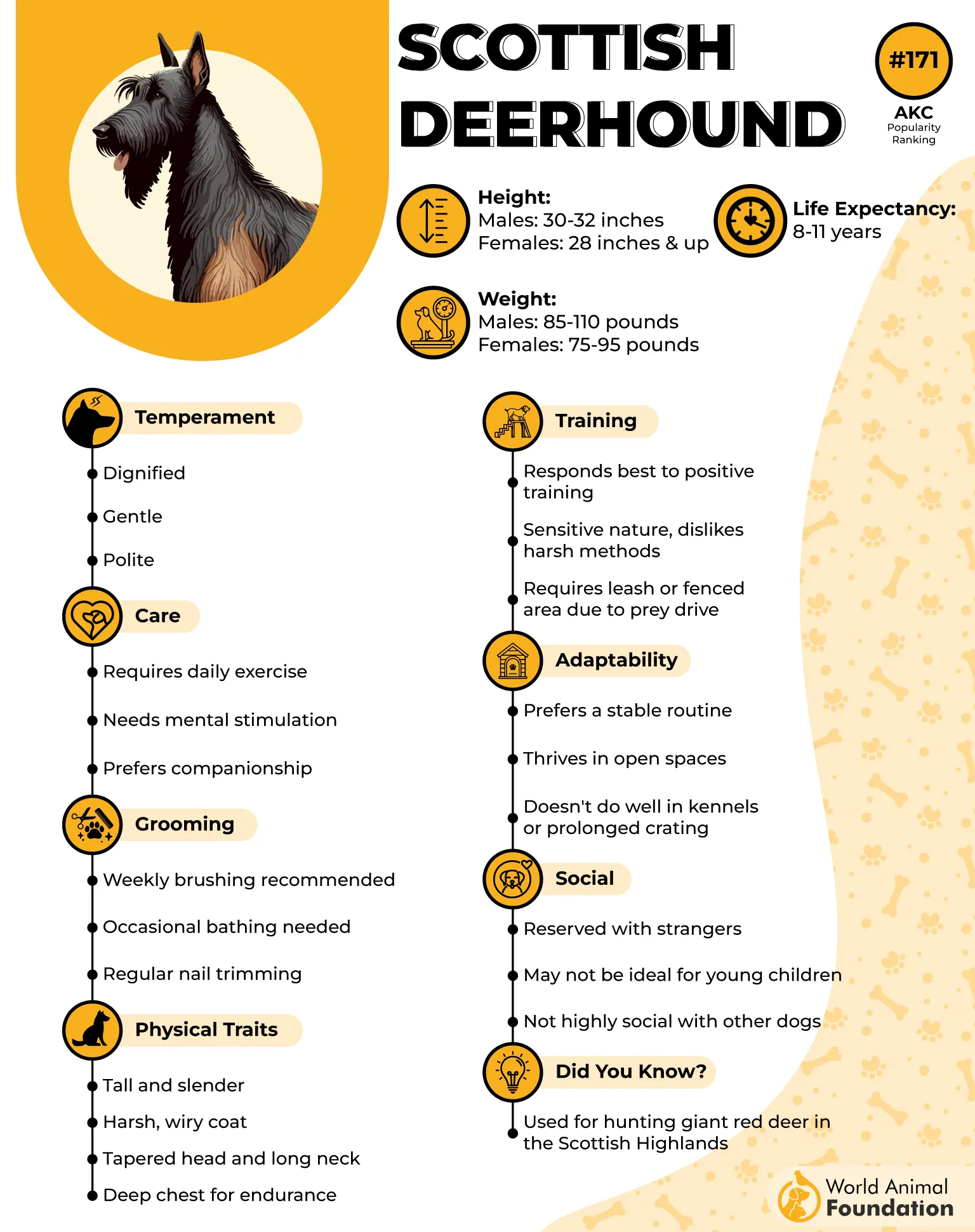
Exercise is a must, and they enjoy active routines that keep both mind and body in balance. At least an hour (or more) of physical activity is needed daily to keep this athletic breed content. Once that energy is spent, they’re typically happy to snooze away the afternoon. Some nap on the couch; others claim the whole bed.
Their temperament tends to be gentle and friendly, which makes them a peaceful presence in the home. While not every Deerhound acts the same, most share a calm and affectionate nature once fully matured. As one of the tallest breeds, their size can be surprising, especially when they sprawl out for a nap.
When it comes to grooming, these dogs are refreshingly low-maintenance. A weekly brush and the occasional bath are usually enough to keep their coat in good shape. They’re known for being laid-back but still benefit from at least two short walks a day. For experienced handlers, Scottish Deerhounds can become truly great family dogs.
3. Anatolian Shepherd
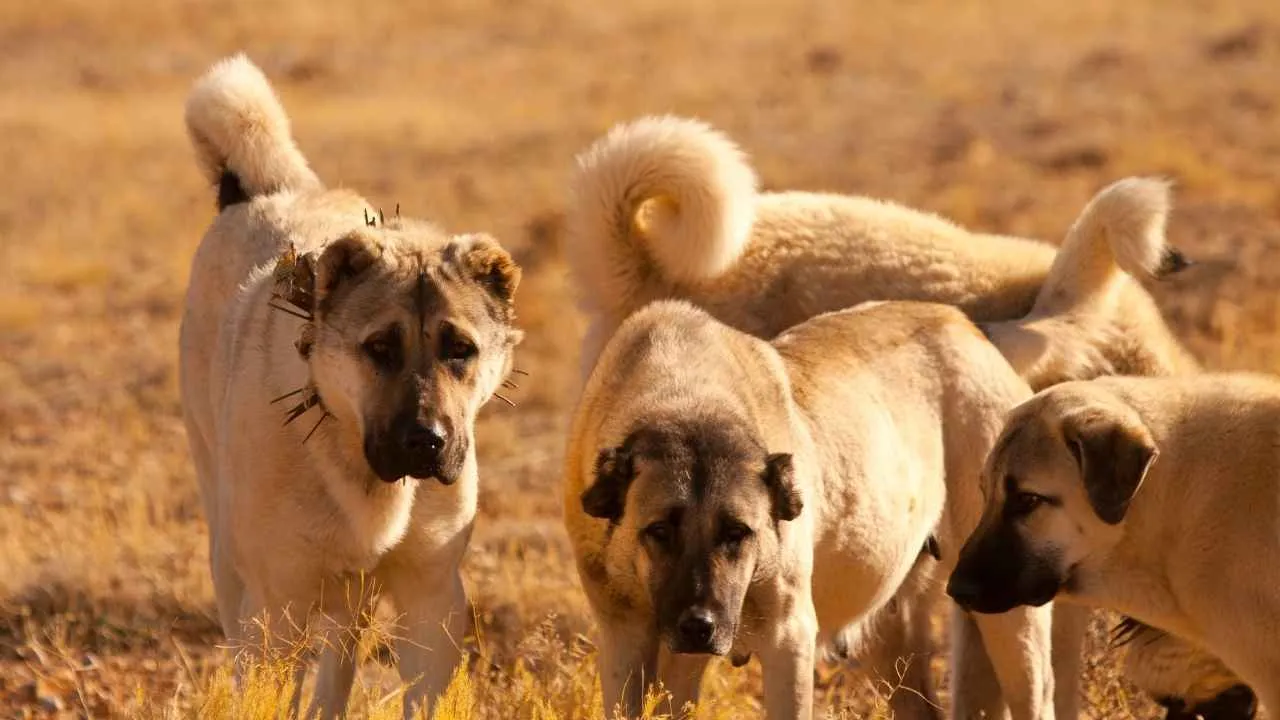
The Anatolian Shepherd carries a powerful frame, wrapped in a weather-resistant coat that comes in various colors. Their sturdy build, broad head, and dense fur make them well-suited for both harsh climates and watchful duty. Originally bred to work alone in the mountains, they don’t wait for instructions. That independent streak still runs strong in today’s homes.
They’re naturally cautious with strangers, and their protective tendencies are hardwired. Loyalty runs deep, but it’s reserved for those they know well. These aren’t friendly dogs in the traditional sense—they’re serious, focused, and alert. Early socialization is essential to help shape them into balanced companions.
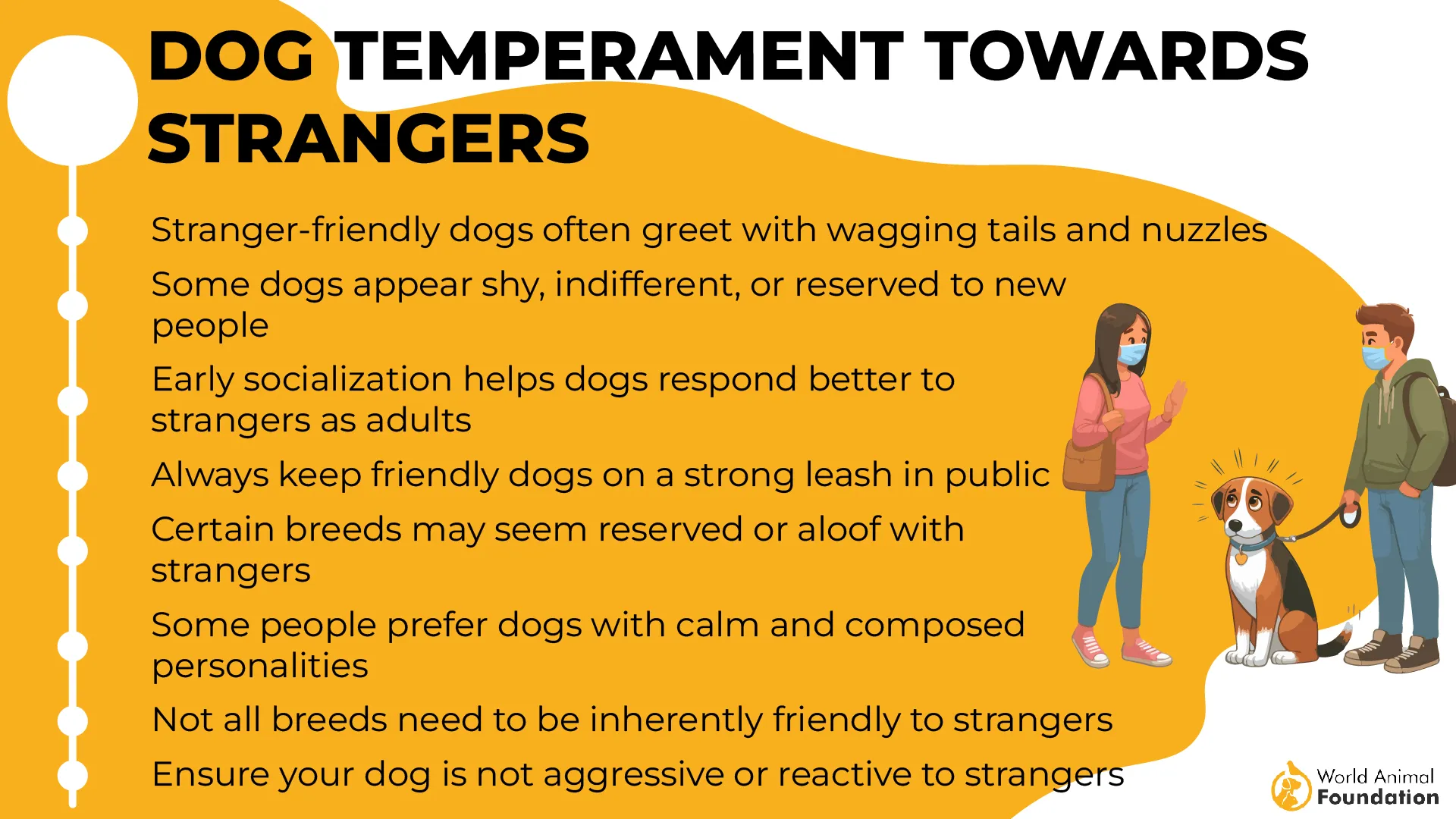
Living with them takes effort, as they’re not known for being easygoing family pets. This isn’t a breed that follows commands just to please; they do things their way. With steady, kind guidance and firm boundaries, they can form deep bonds. Training should never involve force, but clear, consistent cues matter a lot.
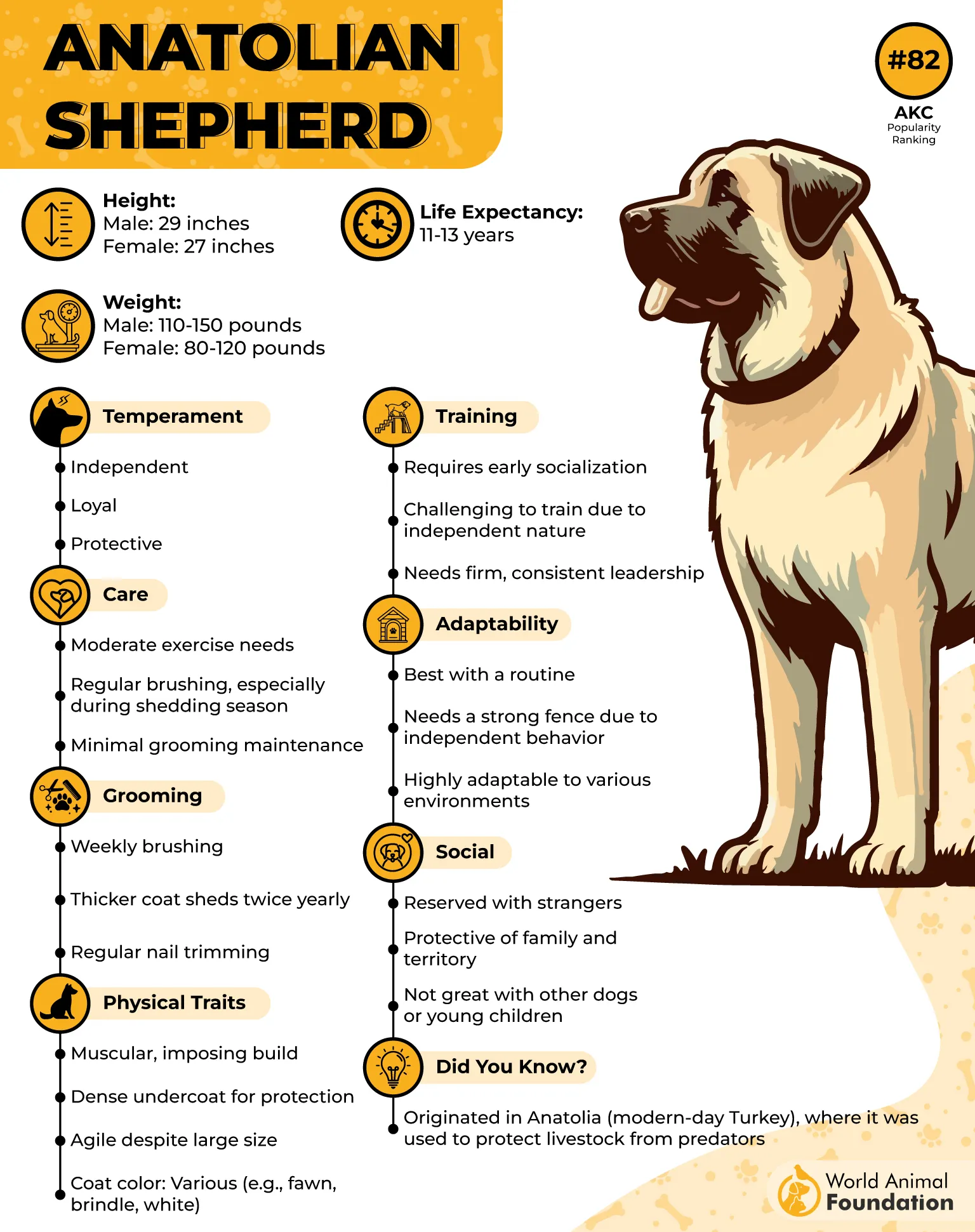
Purina mentions that they need structured outlets for both mind and body, walks, puzzle toys, and space to roam. Off-leash time must be managed carefully in quiet, secure spaces due to their natural guarding instincts. Two walks a day, paired with interactive tasks, go a long way. Owners need to build fitness slowly in these big dog breeds.
These shepherd dogs aren’t for first-time dog owners or city apartments. With strong guard dog instincts, they’re built for rural areas and experienced handlers. Socializing them early with livestock, children, and guests helps, but they still hold their ground. When raised well, they can become dependable, stable family pets in the right environment.
4. Pyrenean Mastiff
The Pyrenean Mastiff hails from the rugged lands between Aragon and Navarra, where it earned its place guarding livestock. This ancient breed was trusted to stand firm against wolves and bears in the mountains. Its presence is steady and calm, but there’s no mistaking the strength behind that gentle stare. Their loyalty runs deep, shaped by generations of hard work.
Thick-coated and broad-chested, they carry themselves with quiet confidence. The large, heavy head, strong muzzle, and powerful neck give them an unmistakable profile. Their white coat with patches of grey, gold, or badger marks adds to their striking look. These are powerful dogs built for protection, but soft in spirit with the people they know.
While they can cover ground with ease, they’re surprisingly low-key in their daily routine. Strolls through the yard or slow hikes with their people are just right. Grooming is simple, needing just regular brushing to keep that heavy coat in check. They’re easygoing companions who like their comfort as much as their purpose.
Start training from an early age to guide their independent nature in the right direction. They don’t respond well to pressure, but they do enjoy earning praise when shown patience. With structure and clear communication, they pick up commands steadily. The bond they form with their humans makes training feel more like teamwork.
Though calm at home, they’re not the type to fade into the background. These dogs were bred to make decisions, and that trait still shines through. They’re affectionate without being needy and observant without being intense. Give them space, gentle leadership, and time with their people—they’ll thrive.
5. Tibetan Mastiff
The Tibetan Mastiff is a large breed with a calm, steady presence that often surprises people seeing it for the first time. Wrapped in a thick double coat and known for their lion-like mane, they carry a dignified, ancient look. Their loyalty is deep, and their bond with their family runs strong.
They do best with owners who understand the balance of freedom and structure. Their independent streak means they need direction, but they’ll gladly follow if the trust is earned. Early training matters, not just for control but to build communication. With firm boundaries, they grow into respectful and dependable companions.
These dogs need enough exercise to stay both mentally settled and physically in check. A quick walk won’t do—longer, consistent sessions help release their energy. If under-stimulated, they might fill the silence with barking or pacing. With a yard or open space, their instinct to patrol kicks in naturally.
Leave a Tibetan Mastiff alone for too long, and they’ll find a way to express themselves. They don’t ask for constant attention, but they do need presence and engagement throughout the day. Boredom can turn into frustration, which may show up in shredded cushions or endless howling. They prefer being around their humans, not watching the house alone.
Cautious with strangers, they’re always alert to who’s coming and going. This breed carries a natural guarding instinct, which makes socialisation early on non-negotiable. Introduce them gradually to new faces, environments, and animals to help build confidence. It takes patience, but for the Tibetan Mastiff, it’s worth it.
6. Great Pyrenees
The Great Pyrenees carries a regal build—tall, broad, and blanketed in a dense, weather-resistant coat. Their appearance is striking: solid white or with soft markings of gray or tan, often drawing admiration wherever they go. With deep brown eyes and a thick, sweeping tail, they move with a slow, deliberate grace. Built for the mountains, everything about them says strength and calm.
Known for their devotion, they are naturally attuned to their household’s rhythm. They’re especially patient with well-mannered children and can form strong bonds within the family. While affectionate and gentle most of the time, they’ll step into protector mode in a heartbeat. Their calm exterior hides a vigilant heart that never fully relaxes.
These dogs were made for solitude in vast, open lands, keeping watch without direction. That ingrained independence shows even in a home setting, where they prefer making their own decisions. Training takes time—not because they can’t learn, but because they question everything. And yes, their signature alert bark often kicks in, sometimes even when nothing’s there.
Though they may look mature early on, their minds catch up a little later. Reaching full maturity can stretch close to two years, and until then, you might catch a few puppy-like antics. Their growth is gradual and steady, and so is their shift into a composed adult. It’s a slow bloom, but a rewarding one for patient owners.
They thrive in quieter spaces, where life isn’t too chaotic or loud. A home in the suburbs or countryside fits their nature better than a busy apartment block. These dogs enjoy their space, often lounging for hours, but are always aware of what’s happening. Predictability comforts them, it’s how they’ve worked for generations, and they carry that instinct still.
7. Borzoi
With their tall, lean frame and sweeping silhouette, the Borzoi moves like a whisper. Everything about them—from their long, arched back to their elegant tail—feels designed for silent speed. Their narrow head gives them a noble, almost ethereal presence. Even standing still, they carry the grace of something mid-flight.
They’re mellow by nature, often lounging like royalty with an air of quiet amusement. But when given the chance, they explode into action, chasing anything that dares to dart past. That hunting instinct runs deep—they don’t check for traffic or second-guess. What’s moving becomes the mission, no questions asked.
Training a Borzoi often feels like a negotiation more than a lesson. They’ll give you just enough to stay polite, but never let you forget they have their own mind. Sensitive to tone and tension, they need kindness and calm over pressure. Around strangers, they’re polite but distant, like guests at a formal party.
Their body needs space, the way lungs need air—open yards, long hallways, wide paths. They might nap all day, but when the energy hits, it hits fast. Caring for a large, athletic dog means planning for the costs that come with it. Even if they look relaxed, their muscles are built to sprint and soar.
Cold weather suits them, and they often stretch out on chilly floors like it’s a spa retreat. Their long coat needs frequent brushing to keep the shedding manageable. And yes, some Borzoi pant more than you’d expect—it’s just their way. Start socializing early to help them warm up to new faces and settings.
Conclusion
The dogs we explored are more than beautiful companions—they’ve been bred to hunt, protect livestock, and serve in incredibly diverse roles. From lounging in the sun to tracking through snow, each dog reflects a unique legacy. Some carry traditions that stretch across borders and centuries.
Many of these working dogs still thrive in environments that challenge both body and instinct. The mountain dog breeds, in particular, have adapted to steep slopes, fierce weather, and isolation. Their strength is matched only by their purpose.
We also can’t forget the quieter heroes—rescue dogs and therapy dogs—whose impact can’t be measured in pedigree or price. Whether comforting trauma survivors or saving hikers, their value is extremely important. It’s a reminder that some of the best breeds serve with heart.
The dog world isn’t only about giants; small dogs bring charm, courage, and sometimes a strong will that rivals even the largest pups. Whether it’s a distinctive tri colored coat or a unique bark, their presence is unforgettable. Even rare breeds make a lasting impression in the right home.
Whether descended from royal dogs or still pulling sleds in remote villages, every breed has a story worth telling. Some are quiet guardians, extremely protective and calm. Others run, roam, or rest—but all are part of something ancient, purposeful, and loyal.


